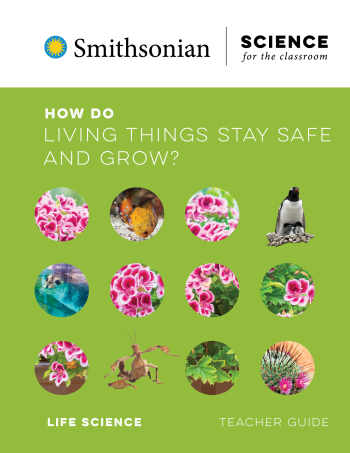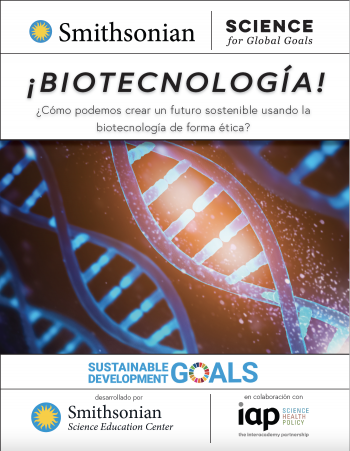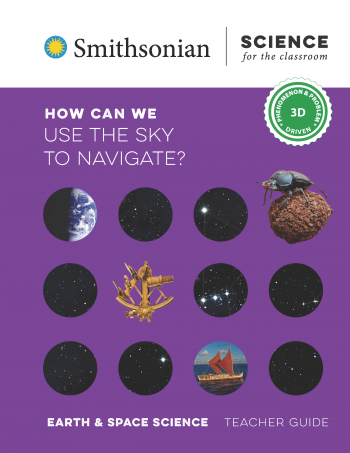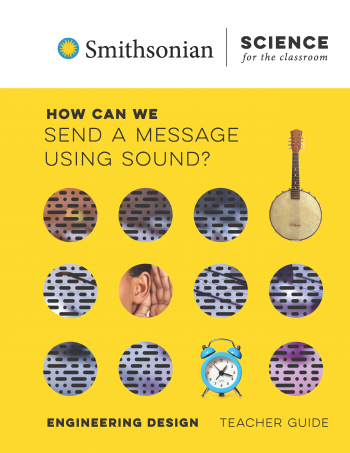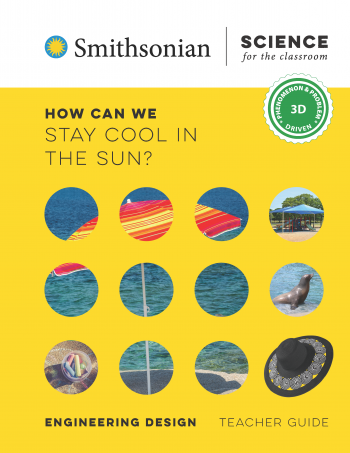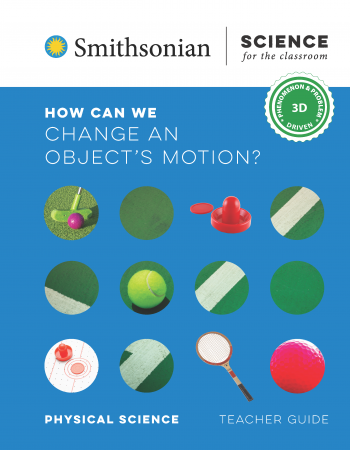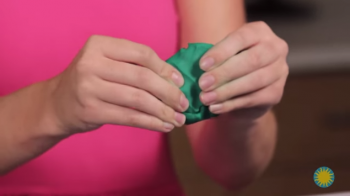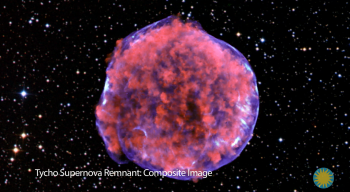Explore our Curriculum & Resources
Type
Grade
- Remove Kindergarten filter KindergartenKindergarten
- Remove Grade 1 filter Grade 1Grade 1
- Grade 2 Apply Grade 2 filter
- Grade 3 Apply Grade 3 filter
- Grade 4 Apply Grade 4 filter
- Remove Grade 5 filter Grade 5Grade 5
- Grade 6 Apply Grade 6 filter
- Remove Grade 7 filter Grade 7Grade 7
- Grade 8 Apply Grade 8 filter
- High School Apply High School filter
Topic
- Sustainability Apply Sustainability filter
- Engineering Design Apply Engineering Design filter
- Education Apply Education filter
- Life Science Apply Life Science filter
- Earth & Space Science Apply Earth & Space Science filter
- Chemistry Apply Chemistry filter
- Physical Science Apply Physical Science filter
- Curriculum Remove Curriculum Filter
- Video Remove Video Filter
- Grade 1 Remove Grade 1 filter
- Grade 7 Remove Grade 7 filter
- Grade 5 Remove Grade 5 filter
- Kindergarten Remove Kindergarten filter
- clear
- 1 of 8
- next


